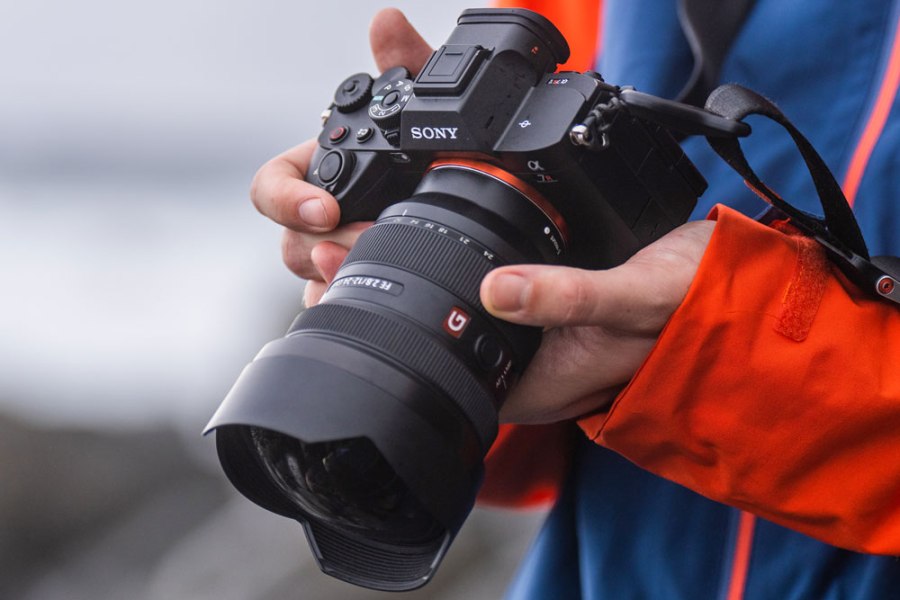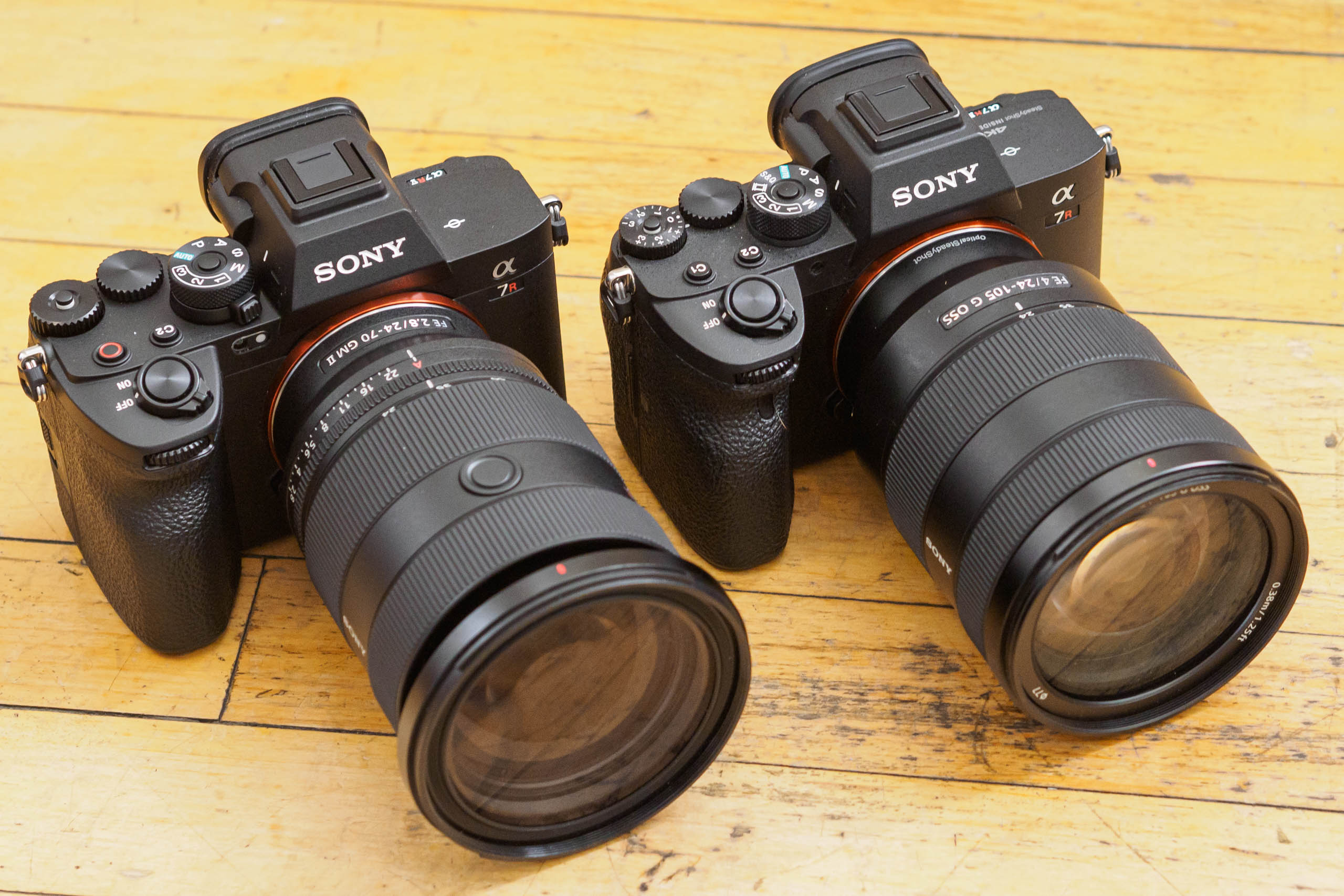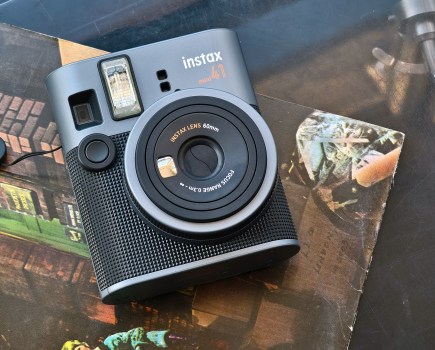The latest addition to the Sony mirrorless range which entered the market in 2022 is the Sony A7R V, an upgrade to the Sony A7R IV which was launched in mid-2019. What’s different about the new model and is it worth the upgrade? This head-to-head spec comparison between the two cameras highlights some key factors to consider.
10 differences between the Sony A7R V and the Sony A7R IV
Image Sensor and Processor
- A7R IV: 61MP, 35mm Full frame BSI CMOS sensor – Bionz X Processor
- A7R V: 61MP, 35mm Full Frame BSI CMOS sensor – Bionz XR Processor
The Sony A7R V has the same 61MP sensor found in the Sony A7R IV plus a new Bionz XR processor. This processor comes with a new AI unit that enhances other features such as:
- Increasing the processing speed by eight times
- High-resolution performance
- Additional RAW image-saving options
- Advanced subject auto-focus and AI-assisted recognition
- Pixel shift multi-shoot mode compensation
Both cameras maintain the same ISO range of 100 – 32,000 (expanded down to ISO 50 and ISO 102,400 for stills).
Lens Mount and Image Stabilization
The availability and variety of lenses is often an important deciding factor when it comes to choosing a camera. Fortunately, both the Sony A7R IV and the A7R V have an E-mount system which is compatible with the 188 Sony native lenses as well as third-party options, all covering the full-frame sensor.
The Sony A7R V features a newly redesigned stabilization unit that offers up to 8.0 stops of image stabilization. Compared to the 5-axis optical in-body stabilization found in the Sony A7R IV which only provides 5.5 stops of compensation, this is a significant upgrade. The latest model also has an Active Mode that increases stabilization when shooting handheld videos.
Memory Card Slots
There is a key distinction between the cameras’ memory card slots. The Sony A7R IV only has 2 SD (UHS-II compliant) memory card slots while the Sony A7R V is built with two dual format card slots which can hold 2 UHS-II SD cards or 2 CFexpress Type A cards. Currently, only Sony uses these CFe cards which are quite expensive but do write and read data faster. The lockable catch on the new model card slot makes it more secure than on previous Sony bodies.
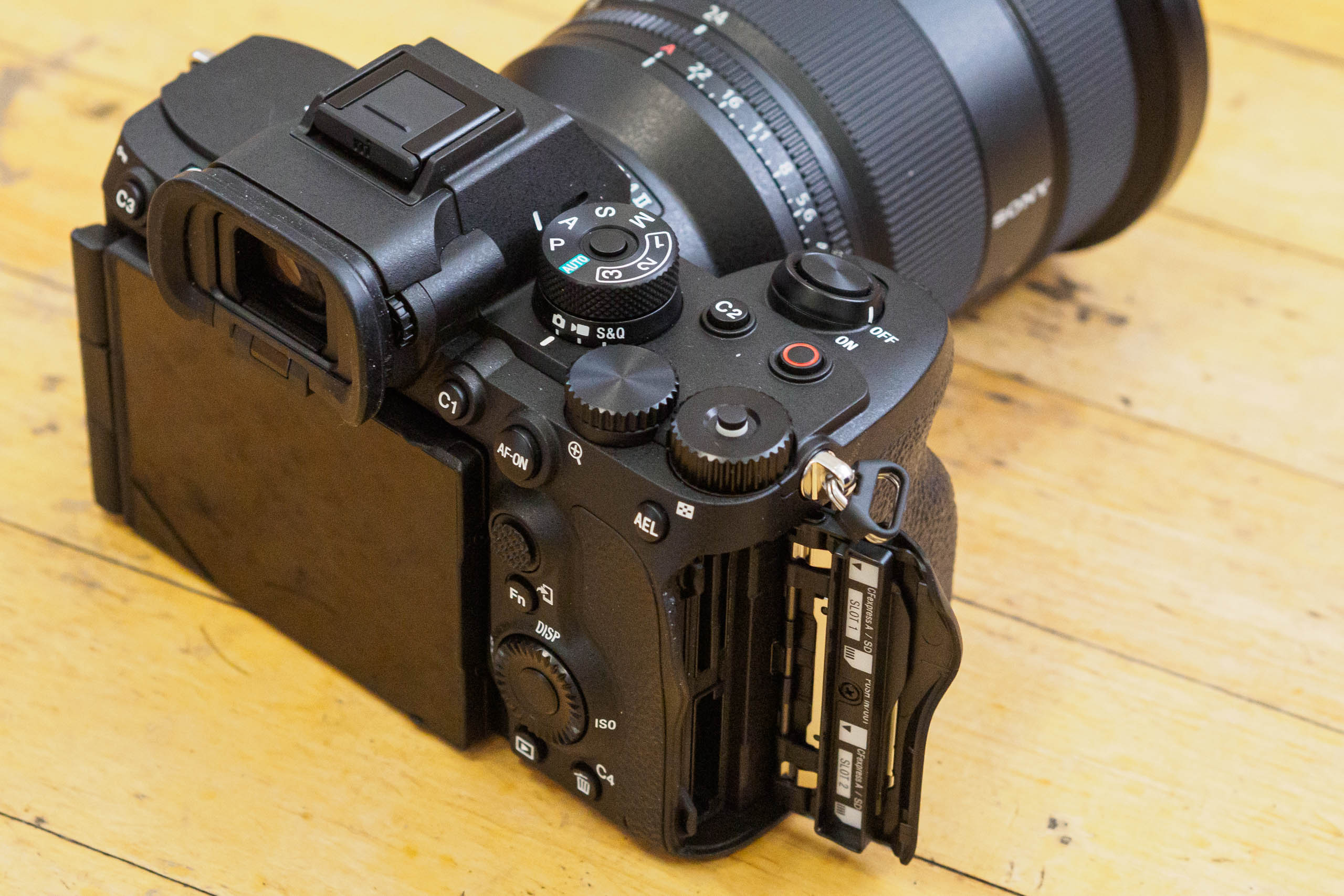
The Sony A7R V’s card slots each accept either CFexpress A or UHS-II SD cards. Image credit: Andy Westlake
Focus
- A7R IV: 567 phase-detection AF points. Eye AF/Lock-on tracking. Human/Animal AF options in video mode.
- A7R V: 693 phase-detection AF points. Eye, AF/Lock-on tracking. Human/Animal/Bird/Insect/Vehicle/Airplane/Train AF options in video mode.
The Sony A7R V has a slight edge with the increased number of on-sensor phase-detection points which cover 79% of the image frame compared to the 74% image frame covered by the Sony A7R IV. The addition of an AI deep-learning processing unit to the newer sensor expands the camera’s subject recognition capabilities. The Sony A7R IV only recognizes Humans and Animals, but the Sony A7R V is designed to include a wider range of non-human subjects such as insects, cars, trains and aircraft.
Touchscreen
The most significant change has been the 3.2”, 2.36M-dot, 4-axis multiangle touchscreen that tilts and rotates. It is a huge step up from the Sony A7R IV which has limited touch focus; on the new model, you can touch everything in the menu.
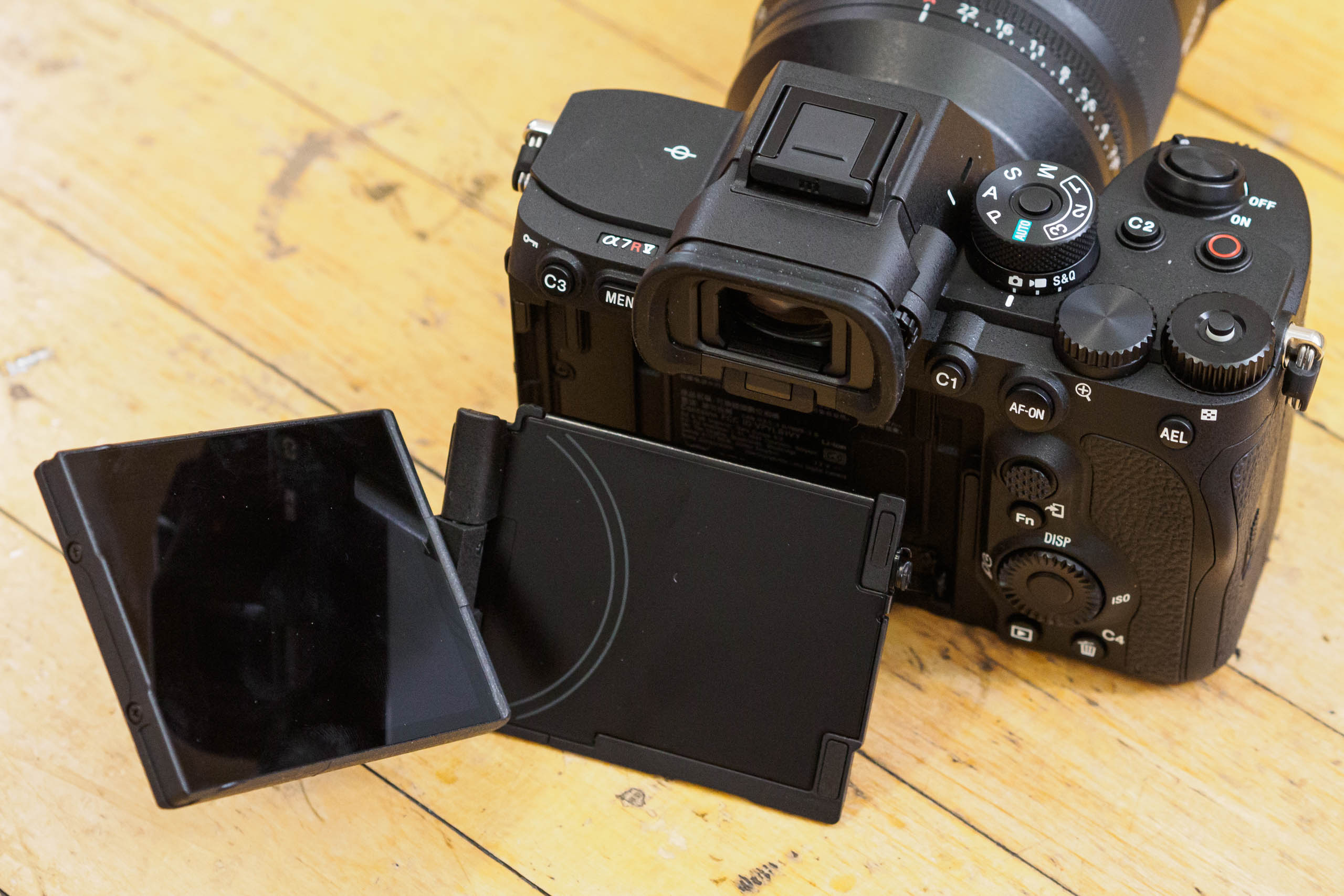
One key update is the new multi-angle screen – essentially a side-hinged varian-angle screen attached to an A7R IV-like tilt mechanism. Image credit: Andy Westlake
Small raws
The Sony A7R V also has an advantage over the A7R IV as it offers more file-saving options for RAW images. This means photographers can choose to capture images in the large 60MP file from the sensor’s full capture or opt for the medium 26MP or small 15MP files when shooting in Lossless compressed RAW mode.
Controls
The design of the Sony A7R V is very similar to that of the Sony A7R IV but the REC button now sits in place of the C1 button at the top of the camera’s plate.
Battery and Body
To make room for the heat-dissipating design of the Sony A7R V the body is slightly thicker but, it uses the same battery as its predecessor, the NP-FZ100 battery.
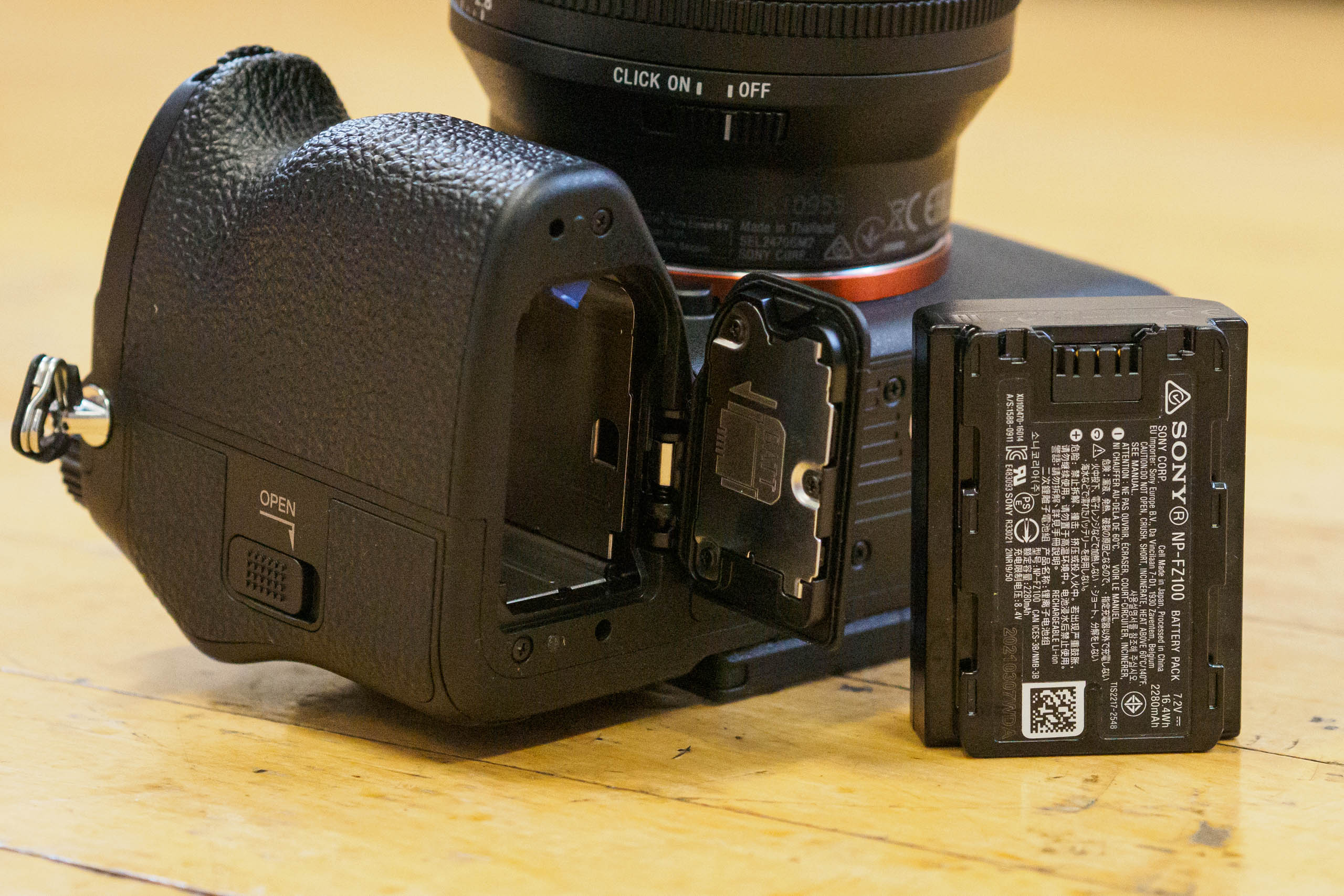
The Sony A7R V uses the same NP-FZ100 battery as other recent Sony models. Image credit: Andy Westlake
Video
The Sony A7R IV and the A7R V are primarily still-focused cameras with great video recording features.
Sony A7R IV: Full Frame 4k up to 30fps. 1080p up to 120fps. No RAW video output
Sony A7R V: UHD 8k up to 24fps.Full Frame 4k up to 30fps. 1080p up to 120fps. 4k 16-bit video output with an external recorder.
The Sony A7R V also supports the S-Cinetone profile, breathing compensation and Active+ stabilisation. This gives filmmakers and cinematographers more recording time and additional workflow options.
Connectivity
The Sony a7R V includes a full-sized HDMI port and the USB C port has been changed to the USB 3.2 Gen.2 standard to speed up file transfers from the camera.
Now that you know the main distinctions between the two models, you may want to read our in-depth reviews of the cameras before you settle on which one is best for you: read our Sony Alpha A7R V review, read our Sony Alpha A7R IV review.
Related Articles:
- Report shows Sony leads mirrorless market
- The best mirrorless cameras to buy
- The Best Full Frame Cameras
- The Best E-mount Sony Lenses 2023

